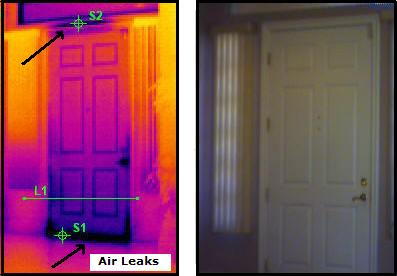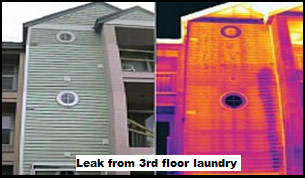Should you bother checking a brand new home for leaks?
Yes, it surely is. Here’s why…
Some people are prepared to take the risk and not bother getting a leak detection done on brand new homes, and I have no idea why! When you’re investing 100’s of thousands of dollars, you need to cross all the T’s and dot all the I’s, otherwise you could get caught out. Put it this way, you’ll absolutely kick yourself if you move in and find leaks a couple of months later. There’s no need to rush your purchase… if this one has leaks or moisture issues, there’s plenty of other homes to choose from.
Recently I was hired to check for signs of leaks & moisture in a brand new home in Massey, Auckland. The home had been built and sitting on the market empty for 3 months. In this case, the home came up clean and didn’t show any signs of moisture ingress which is great for all parties involved. At the end of the day, it was still wise for the buyer to get this leak inspection done, as there had been alot of rain around and any ‘oversights’ by the builder may well have been revealed. (The building inspection did show up a couple of minor issues though!!).
An infrared inspection will also show up any ‘patches’ of missing insulation that have been missed (could well be a cost cutting method on the builders behalf). Really, what is the probability of you climbing into the roof space to check for missing insulation that would ultimately result in heat loss and higher heating bills? And… there is almost NO CHANCE you’ll know about missing insulation is the walls! We can see these potential issues with the infrared camera without needing to put holes in the wall or climb into the ceiling.
Don’t let the beautiful kitchen divert your attention away from what could be hiding behind the walls. If you do the correct checks up front in the pre purchase phase, you’ll sleep peacefully at night… and that in itself in extremely valuable (just ask anyone who’s purchased a leaky home).








